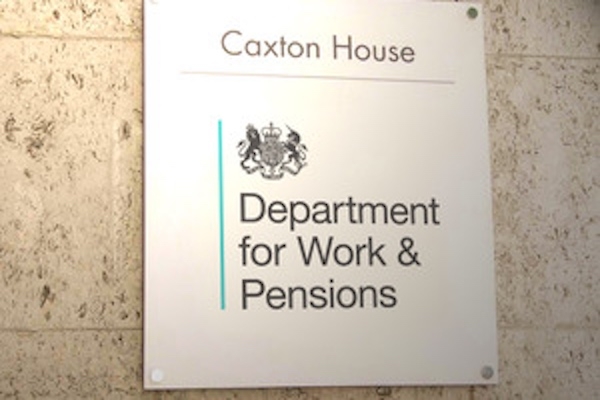
Trade body voices ‘deep’ concern over SSAS levy rise

The Association of Member-Directed Pension Schemes (AMPS), the industry body for SIPP and SSAS providers, has voiced “deep concerns” about a big proposed rise in a DWP pension scheme levy which could hit SSAS providers and other small pension scheme in the pocket.
The DWP proposes to increase its General Levy, with particular focus on smaller pension schemes to recover the rising cost of pension regulation.
The changes - outlined in the DWP’s Occupational and Personal Pension Schemes (General Levy) Regulations Review 2023 published earlier this month - could mean thousands of pounds in extra costs for SSAS firms and other small pension schemes.
One of the proposals could mean a £10,000 ‘premium’ charge for small schemes under 10,000 members which would include nearly all Small Self Administered Schemes (SSAS) which tend to have fewer than 10 members.
AMPS, which has 120 members, held a recent round table where concerns were expressed about the proposed overhaul of the levy.
The DWP says without an increase in the levy it faces a potential £200m deficit in costs.
AMPS chair Andrew Phipps said: “DWP’s consultation has taken everyone a little by surprise. The preferred option for increasing the General Levy seems to be directly targeting smaller schemes, which in our view is in direct conflict with their statement about rolling out a fair and equitable solution across scheme providers, particularly if the additional costs are linked to increased membership in auto enrolment schemes and Mastertrusts.
“We accept that the deficit must be addressed, however we would expect a more proportionate approach to be taken than the option preferred by the DWP. The AMPS committee is consulting with our membership and intends to submit a robust response against this option, and we encourage other providers to do the same.”
AMPS will carry out a wider survey of all AMPS members to canvas their views and construct a robust response.
One of the three options for the levy, Option 3, could increase rates for all schemes by 4% per year and add, as of April 2026, a premium of £10,000 to small schemes with memberships under 10,000. Most schemes with under 10,000 members have two to eleven members, the DWP says, and are frequently found in research to have “lower governance standards, lower knowledge.”
The levy is used to pay for The Pensions Regulator (TPR), The Pensions Ombudsman (TPO), and the pensions-related activities of the Money and Pensions Service (MAPS).
A public consultation by the DWP is under way on the proposed changes to the structure and rates of the General Levy on occupational and personal pension schemes. This consultation closes at 11:45pm on 13 November.
AMPs says the consultation raises awareness of the ongoing deficit in levy funding and sets out options for mitigating this over the next three tax years from 2024 to 2025 through to 2026 to 2027.
AMPS says the three options previously agreed by ministers are:
- Option 1: Continue with the current levy rates and levy structure: This option would freeze rates at this year’s rates until tax year 2026 to 2027 and retain the four categories of rate payer.
- Option 2: Retain the current levy structure and increase rates by 6.5% per annum: This option allows for the current structure of the levy to be retained while increasing rates for all schemes at 6.5%p.a. This option will bring the cumulative deficit back into a compliant level by 2031.
- Option 3: Increase rates by 4% p.a. and signal an additional premium rate for small schemes (with memberships up to 10,000) from 2026
Option 3 increases rates by 4% pa across all schemes and will add a premium to schemes which as of April 2026 have memberships under 10,000. This premium allows for a lower initial increase across all schemes, while still paying off the deficit, and supporting the consolidation of smaller schemes, AMPS says.
